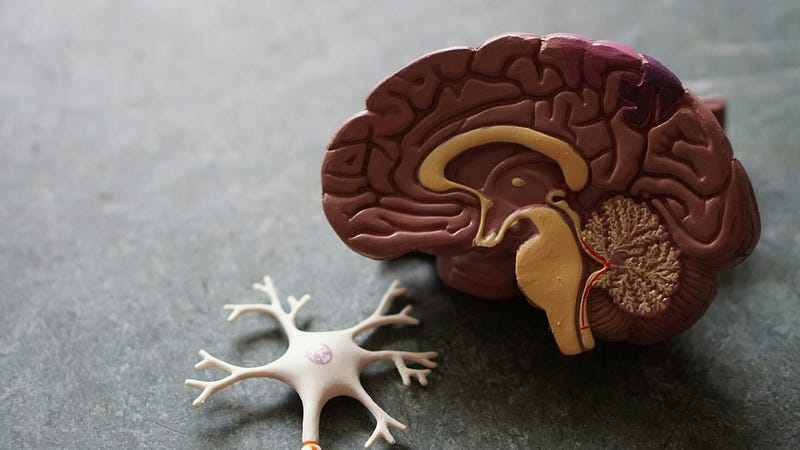# Mastering Multiple-Choice Exams: Strategies for Success
Written on
Chapter 1: Understanding Multiple-Choice Exams
Multiple-choice tests assess our knowledge through selected answers, but we have a plethora of resources to help us tackle challenging questions. It's essential never to abandon the tough questions; instead, we should evaluate them from a fresh perspective. Success in these exams hinges on a mix of knowledge, strategies, and self-assurance.
To navigate questions we aren't completely confident about, we can look for hints within the questions themselves, recognize recurring patterns, and acknowledge that we often know more than we realize. It's crucial to master strategies that allow us to make the most of our knowledge.
There was a student who consistently answered all multiple-choice questions correctly, and when I inquired about her method, she replied, “It's feasible to be unaware of specific details yet still answer many questions accurately.”
So, what are the secrets? Before delving into tricks, let’s discuss study strategies tailored for multiple-choice exams and effective approaches during the exam itself. Preparation should begin months in advance. How do you organize your study sessions?
If the exam consists solely of multiple-choice questions without any open-ended ones, your studying approach will differ significantly. However, if it includes open-ended questions, a blended study method is necessary.
Relying solely on memorization is ineffective for multiple-choice tests; the answers are presented on the sheet. On the day of the exam, recognizing the correct answers becomes a lighter form of memorization. Instead of burying diagrams in the back of your mind, immerse yourself in the material repeatedly. Study rapidly, highlighting key points. Each time you revisit the content, focus on different aspects.
Cover the entire syllabus and pay attention to topics that your professor emphasizes. Understanding your professor's preferences and consistently attending classes can be advantageous. It’s acceptable to postpone reviewing a topic until after you've studied the material multiple times. Study intensely and efficiently, managing your time during reviews—aim for one page every five minutes.
On exam day, several strategies can enhance your performance.

Chapter 3: Post-Exam Reflection
When the exam concludes, reviewing both correct and incorrect answers is vital. Consider whether you could have arrived at the correct answer using the reasoning techniques discussed. This reflection helps train your instincts for future multiple-choice tests.
This skill isn’t developed overnight; it takes time and learning from errors. When preparing for a multiple-choice exam, managing your study and exam time efficiently is key. Relying on instinct and identifying patterns is crucial when you're unsure of an answer.
By implementing these strategies, you could potentially raise your scores significantly on all types of multiple-choice tests. Transitioning from failing to passing grades is achievable, and over time, you’ll surpass many of your peers in your academic journey.
The first video titled "How to Ace a Test Without Knowing the Answers: Multiple Choice Test Hacks!" offers insights and strategies to improve your multiple-choice test performance.
The second video, "How to Do Better on Multiple Choice Tests," provides additional techniques to enhance your skills and confidence in tackling these types of exams.

